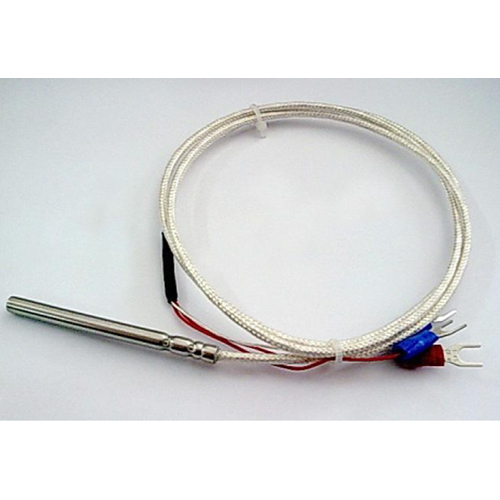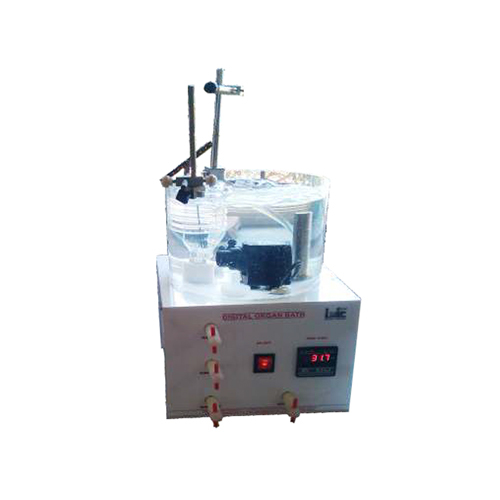Digital Grip Strength Meter for rat & Mice
Product Details:
- Application commercial
- Operate Method manual
- Color silver
- Material stainless steel
- Type Strength Meter
- Display Type digital
- Click to View more
Digital Grip Strength Meter for rat & Mice Price And Quantity
- 185000 INR/Set
- 1 Set
- 185000.00 - 350000.00 INR/Set
Digital Grip Strength Meter for rat & Mice Product Specifications
- commercial
- Strength Meter
- silver
- stainless steel
- digital
- manual
Digital Grip Strength Meter for rat & Mice Trade Information
- mumbai
- 1000 Set Per Month
- 8 Days
- Contact us for information regarding our sample policy
- box
- All India
- ISO : 9001-2015, ISO : 14001-2015
Product Description
Grip strength meters are commonly used in research settings to assess the muscular strength of rodents, including rats and mice. Here's how they are utilized:
-
Muscular Function Assessment: Grip strength meters provide a quantitative measure of the muscular strength of rodents by assessing their ability to grasp and hold onto a horizontal bar or grid with their forelimbs. This measurement reflects the overall neuromuscular function and is particularly useful in studies focused on muscle physiology, aging, neuromuscular disorders, and drug efficacy testing.
-
Phenotypic Characterization: Grip strength measurements can be used as part of phenotypic characterization in animal models. Differences in grip strength between groups of rodents, such as strains, genders, ages, or experimental conditions, can provide insights into genetic factors, aging processes, disease progression, or the effects of interventions.
-
Neurological and Neuromuscular Disorders: Grip strength meters are valuable tools for studying neurological and neuromuscular disorders in rodents. Changes in grip strength can indicate motor deficits associated with conditions such as muscular dystrophy, amyotrophic lateral sclerosis (ALS), spinal cord injury, or peripheral neuropathy. Researchers can use grip strength measurements to track disease progression, evaluate therapeutic interventions, or screen potential drug candidates.
-
Pharmacological Studies: Grip strength assessments are often included in pharmacological studies to evaluate the effects of drugs or treatments on muscular function. For example, researchers can investigate the impact of muscle relaxants, analgesics, or muscle-building agents on grip strength in rodent models. These studies help assess the safety and efficacy of therapeutic interventions targeting muscular function.
Aging Research: Grip strength measurements are commonly used in aging research to assess age-related changes in muscular function and frailty in rodents. By longitudinally monitoring grip strength in aging animals, researchers can evaluate the progression of age-related decline in muscular strength and explore interventions to mitigate age-associated deficits.
| Material | Stainless Steel |
| Measurement Resolution | 0.001 Kgf |
| Aux Supply | 08 Volt DC |
| Usage/Application | Laboratory |
| Capacity(Capsules/Hour) | 6 hrs |
| Voltage | 110-230 |
| Capacity | 5000 Newton |
| Automation Grade | Automatic |
| Overloadprotection | 120 % |
| Display Type | LCD |
| Maximum Capacity | 5 kg |
| Operating Humidity | 80% |
| Measuring Instrument | For Fore Limbs & Hind Limbs |
| Battery Back | 4hrs |
| Operating Temperature | 50 Degree C |
| Measuring Units | lbs / N / Kg |

Price:
- 50
- 100
- 200
- 250
- 500
- 1000+
Other Products in 'Pharmacological Instruments' category
 |
Milton Enterprises
All Rights Reserved.(Terms of Use) Developed and Managed by Infocom Network Private Limited. |









 Send Inquiry
Send Inquiry Send SMS
Send SMS